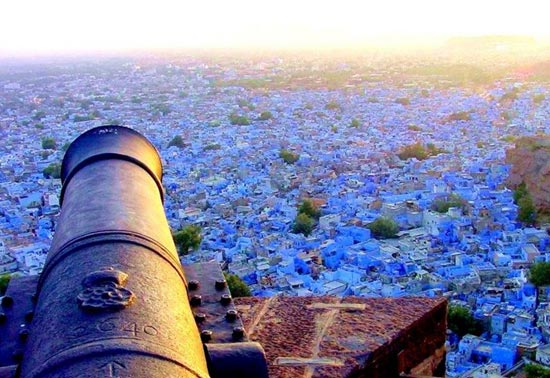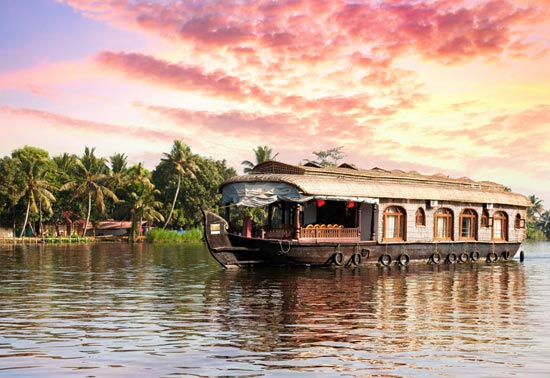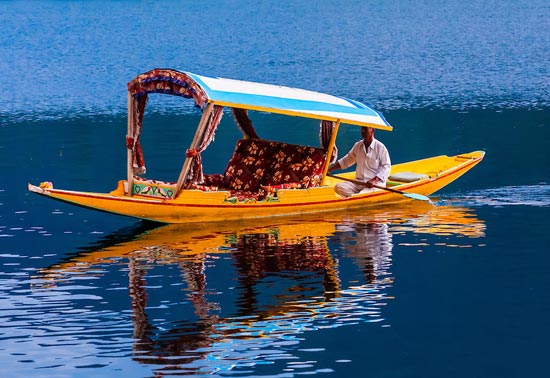UNESCO World Heritage Sites Of India
THE GREAT LIVING CHOLA TEMPLES
(Declared UNESCO World Heritage site in 1987)
The state of Tamil Nadu, is famous as the temple state in India, with its innumerous temples built by variius emperors and dynasties throughout the state and through centuries. Temples in Tamil Nadu have some intricate designs and scultptures. most dedicated to Lord Shiva or Lord Vishnu, these temples were mostly sponspred by the rulers after their wins in the wars.
This UNESCO site has been dotted in three different places inside the state. Built by the great Chola emptre between the 11th and the 12th centuries, the temples testify to the brilliant achievements of the Chola in architecture, sculpture, painting and bronze casting. The Great Living Chola Temples, built by kings of the Chola Empire stretched over all of Tamil Nadu. This cultural heritage site includes three great temples of the 11th and 12th centuries namely, the Brihadisv the three temples which come in this category are the Brihadeeswara Temple at Thanjavur, the Brihadisvara Temple at Gangaikondacholisvaram and the Airavatesvara Temple at Darasuram. All dedicated to Lord Shiva.
The Unique feature of the temple in thanjavur, is that although it is 216 feet high, its shadow never falls on the ground! Guarding the inner shrine of the temple is the gigantic statue of Nandi, the Bull, while the walls of the sanctum are covered, with the wall paintings of Chola and Nayak periods, comparable to the famous Ajanta cave frescoes.
Mostly the temple in Thanjavur is the only one visited by foreign tourists as it does form a triangle with Madurai and Trichy. One can reach Thanjavur from Trichy or Madurai airports. The 2 and half hur journey from any of these two places ends in Thanjavur. A nice quiet hamlet, Thanjavur has a few luxury accommodations to rely on. The Svatma, is one of the best hotels in the region with all vegetarian meals.
THE BUDDHIST MONUMENTS OF SANCHI
(Declared UNESCO World Heritage site in 1989)
68 kms from Bhopal, Sanchi has the distinction of having the finest specimens of almost all Buddhist architectural forms, Stupa, Chaitya, Temples and Monasteries dating from 3rd century BC. Visit the Stupas with circular domes and railings around them; Ashoka Pillar, Gupta temple built in the 4th century and the Great Bowl carved of one piece of stone. The museum displays number of sculptures found in the area.
Mianly known for the development in the early 2nd century, during the Eemperor Ashoka's Mauryan period, this site is supposed to be in the place even before. The carvings on the Torans depict the life scenes of Emperor Ashoka and also that of Lord Buddha.One of the many Lion pillars that Emperor Ashok built all around the country is seen here.the nearest big city to travel is Bhopal, which is the capital city of state of Madhya Pradesh and is connected by rail road and air to all the major cities of India.
ROCK SHELTERS OF BHIMBETKA
(Declared UNESCO World Heritage site in 2003)
Another place near to Bhopal which also comes under the UNESCO world heritage sites are the Rock Shelters of Bhimbetka. Bhimbetka, famous for the cave paintings of the pre historic era. The cliffs which have over 600 rocky shelters belong to the Neolithic age It is an archaeological treasure cove with over 500 caves those have very precise paintings depicting the day to day life of the people then.
The scenes of hunting, dancing, riding, household scenes along with animal figures such as Lions, Tigers, Bison, Elephants, Crocodiles are shown in the paintings. Some paintings also depict popular religious rituals as well.
Being near to Bhopal (46 kms down south) the best accommodation can be found in Bhopal only. There is a huge range of hotels in Bhopal from the luxurious, noor-us-jahan to the afforable calrks inn. Other than these two places, the other notable visits in Bhopal are the various Masjids and the lakes.




